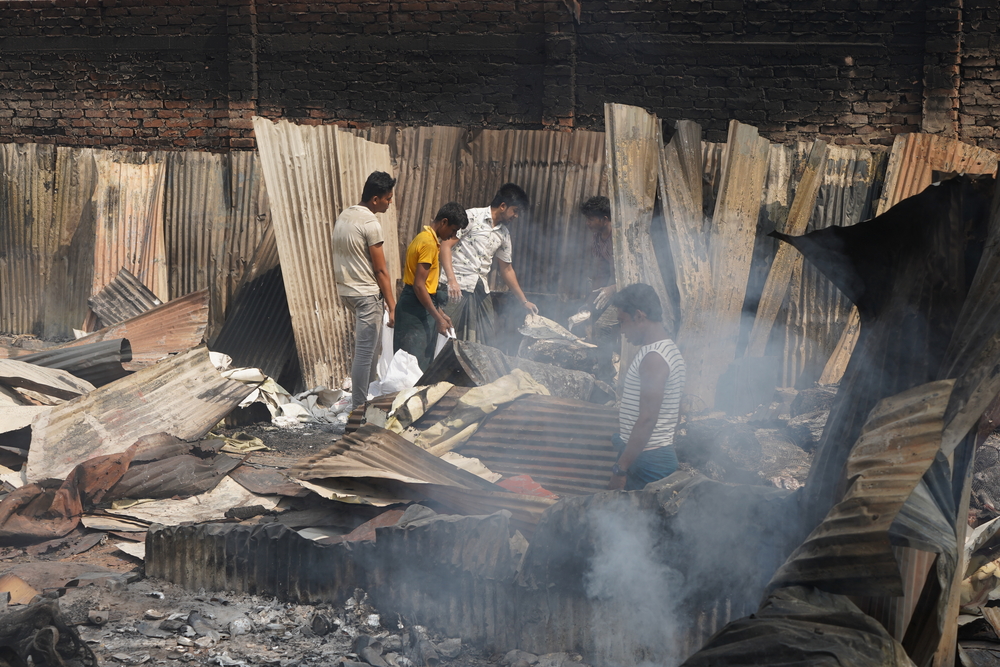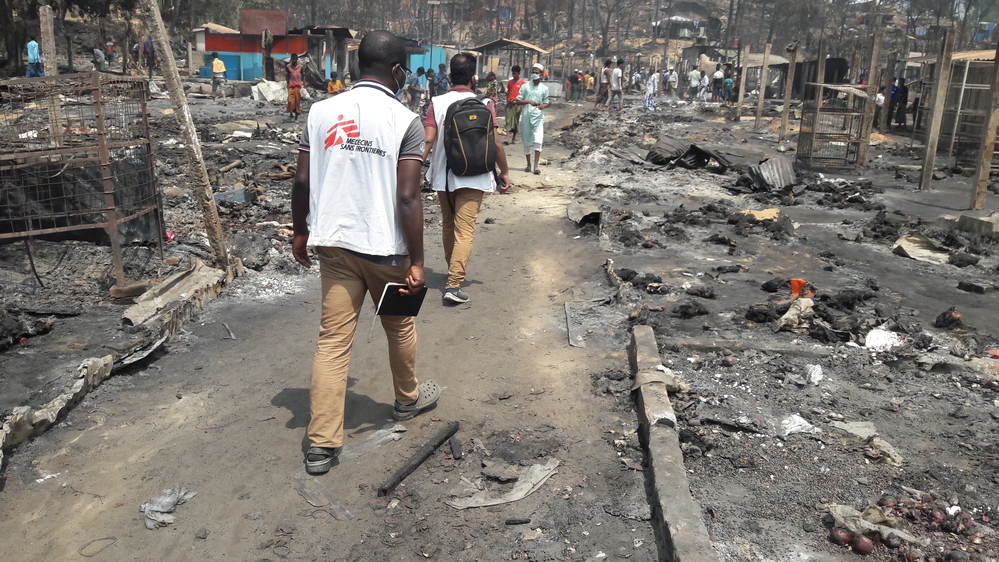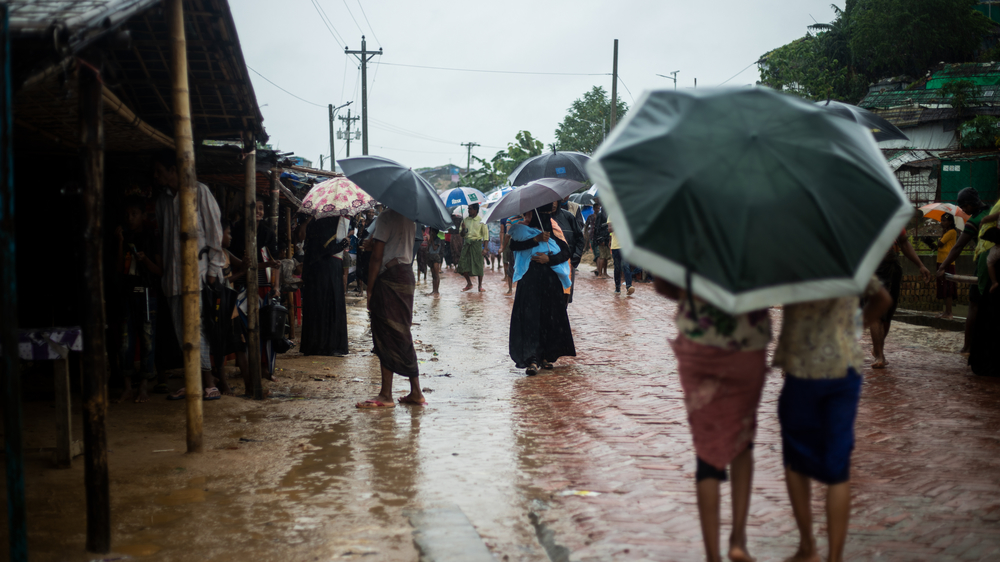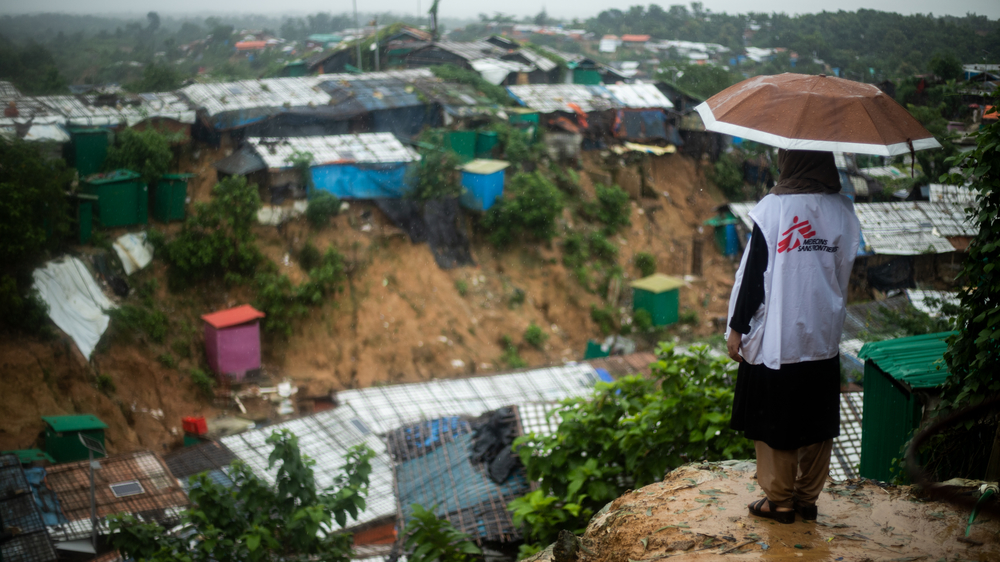What is life like in the camps?
“There has been a sharp deterioration in living conditions in the refugee camps over the past 12 months. The presence of police and the military has increased; at the same time, armed groups have expanded their power base in the camps. As a result, we are hearing about more kidnappings, violence and extortion.
The arrival of COVID-19 resulted in more restrictions on the refugees’ freedom of movement and on access to the camps for international humanitarian groups. In 2020, services inside the camps were reduced to the bare essentials and some organisations had to stop working in the camps altogether. In the early months, our teams had limited access, which led to a reduction in the quantity and range of health services we were able to provide to the Rohingya population.
The Rohingya increasingly face a terrible dilemma. Many are becoming more and more desperate and hopeless as conditions in the camp continue to deteriorate, which makes them turn to risky choices. In order to escape, some choose to make the perilous journey on human trafficking boats departing for Malaysia, and others sign up to be relocated to the remote island of Bhasan Char, despite all the question marks about their future there.”





